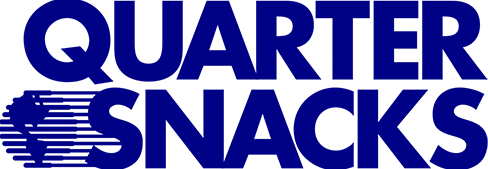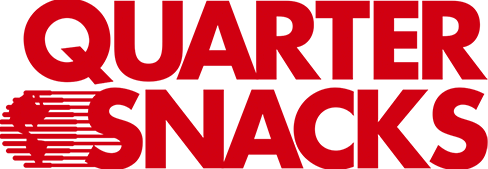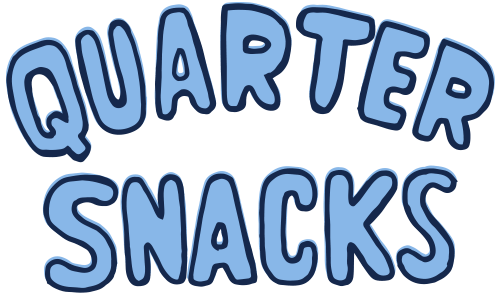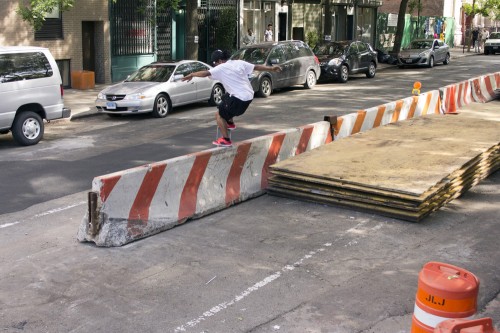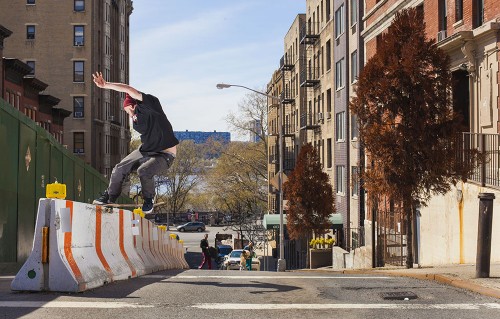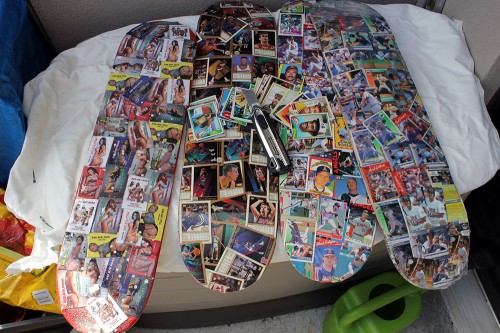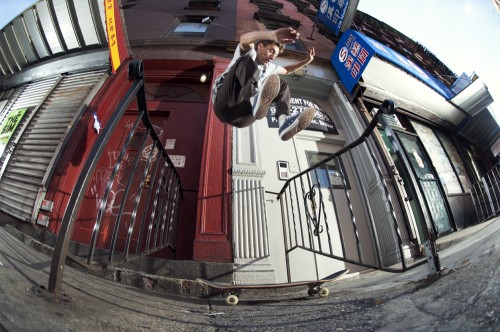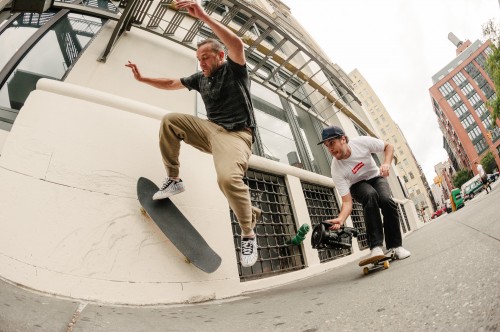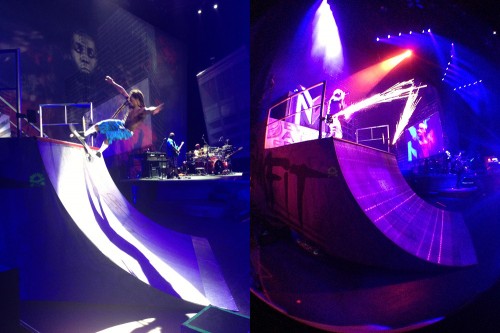Photo by Corn
Growing up, there was never a ton of footage from younger New York dudes. Most of the guys from the old Zoo videos, EE3, etc. had begun waning out of skateboarding by that point. Akira was tangibly closer to all of us in age; there weren’t a whole lot of New Yorkers you’d see in videos then who weren’t a good ten years older than you. His Vehicle ad of the ollie over the bar at Ziegfeld is still one of the sickest tricks done in this city (nobody has stepped to that spot since.) Seeing footage of Akira was cool because New York footage was still sparse at the time, and hey, “He’s not much older than me.” Except after a while, he sorta disappeared.
Fast forward and he’s been on it these past five or so years. He posts Instagram videos of himself at the skatepark at 8 A.M., puts out video parts, learns new tricks at the rate of someone half his age, and is an embodiment of the fact that nobody has any excuses. You’re never too old, too rusty or too busy. Below is a quick conversation about where he went, and where he is today.
It’s still a trip to hear you speak fluent Japanese. What is your background originally?
I’m from Okinawa. Japanese was my first language. I went to American school out there, but once I got to New York when I was 12, I was speaking a broken up Japanese version of English. Eventually I started hanging with kids out here and it cleared up.
Where did you start skateboarding?
My friends in Japan would skate a little bit, but it was more of a curiosity than a real interest. I left Japan and moved to Houston and Suffolk with my dad around 1995 or ’96 because my parents got divorced and a bunch of shit happened. My dad was psycho, so I bounced.
When I moved out here, I remember hearing skateboard wheels all around the streets. One day, I was walking my dog and heard a board snap, I turned around, and saw a skate shop called Swish, which was on St. Mark’s, near where the pizza store on Avenue A is now. I saw Harold Hunter putting his board together and was blown away that there were skaters in my neighborhood.
Harold was like “Cool dog.” I was never out here before, so I thought skateboarding was a whole different thing. I thought, “Whoa, a black dude skating? This is crazy” because I was still thinking of it in terms of who I saw skating in Japan. He asked me if I skated and I said “kinda” because I still had this board my mom bought me when I left Japan. I ran home, and next thing you know, he was showing me around Astor, Union and Washington Square.
Filmed by Bradley Cushing and Goshi Goto
Did you meet all the locals from that time through Harold? When everyone my age was growing up, you were like the one “young” dude at Supreme and everyone else was way older than us.
There was always this bonding factor with a lot of New York kids back then. A lot of them have problems at home or they’re runaways, so we’d stay up all night just hanging at Astor or Union and never go home.
I think Harold gave the word to Jeff Pang that I was progressing a bit and Zoo started flowing me boards. Eventually I started to meet A-Ron [Bondaroff] and all these people who didn’t necessarily skate, but still ran in that same circle. A-Ron took me under his wing since I spoke Japanese. He’d always have me helping out at Supreme until eventually I got a job there.

